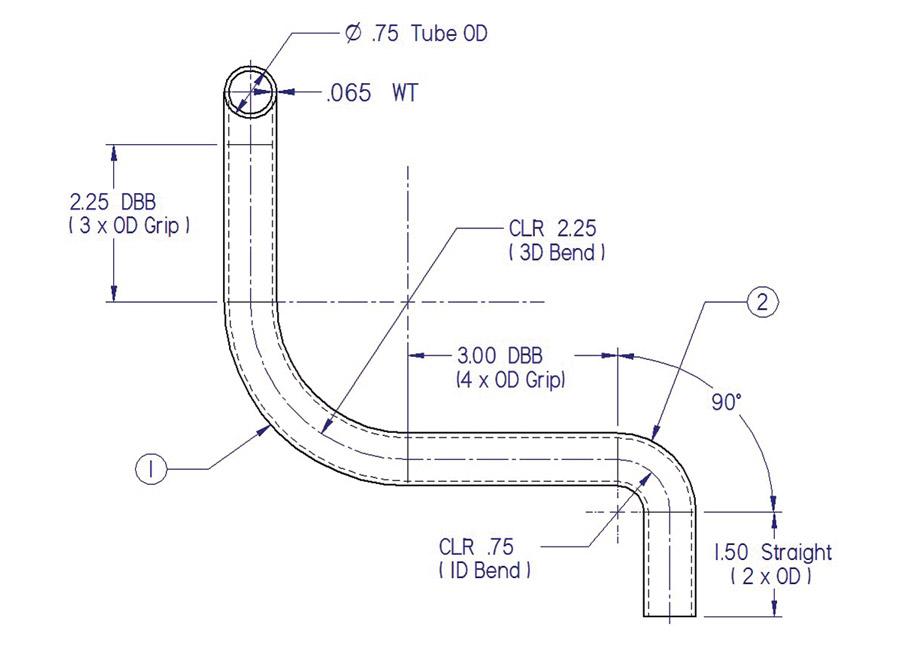

Furthermore, the sharper the radius of bend, the less the material that is needed for the bend. The radius of the bend is generally proportional to the thickness of the material. Bend allowance depends on four factors: degree of bend, radius of the bend, thickness of the metal, and type of metal used. Step 4: Find the Bend AllowanceWhen making a bend or fold in a piece of metal, the bend allowance or length of material required for the bend must be calculated. The flat dimension for the sample U-channel is calculated in the following manner:įlat 2 = 2.00-inch – (2 × 0.2-inch) = 1.6-inch Two setbacks need to be subtracted from the center flat because this flat has a bend on either side.

The flats, or flat portions of the U-channel, are equal to the mold line dimension minus the setback for each of the sides, and the mold line length minus two setbacks for the center flat. Step 3: Find the Length of the Flat Line DimensionThe flat line dimension can be found using the formula:
Locate the setback at the left hand side of the graph in the middle scale (0.435-inch). Find the setback from corresponding scale on the left.įind 0.183 at the bottom of the graph. Enter chart at the bottom on the appropriate scale with the sum of the radius and material thickness. These programs are often used with CAD/CAM programs. Several software packages and online calculators are available to calculate the setback. Using a Setback Chart to Find the SetbackThe setback chart is a quick way to find the setback and is useful for open and closed bends, because there is no need to calculate or find the K-factor. Stainless steel and 2024-T3 aluminum alloy require a fairly large bend radius.īending a U-ChannelTo understand the process of making a sheet metal layout, the steps for determining the layout of a sample U-channel will be discussed. Annealed sheet can be bent to a radius approximately equal to its thickness. The minimum bend radius is affected by the kind of material, thickness of the material, and temper condition of the material. If the radius of bend is too small, stresses and strains weaken the metal and may result in cracking.Ī minimum radius of bend is specified for each type of aircraft sheet metal. The minimum radius of bend of a sheet of material is the sharpest curve, or bend, to which the sheet can be bent without critically weakening the metal at the bend. The radius of bend of a sheet of material is the radius of the bend as measured on the inside of the curved material. Other factors that must be considered when making straight line bends are bend allowance, setback, and brake or sight line. Generally speaking, the thinner the material is, the more sharply it can be bent (the smaller the radius of bend), and the softer the material is, the sharper the bend is. 
When forming straight bends, the thickness of the material, its alloy composition, and its temper condition must be considered.







 0 kommentar(er)
0 kommentar(er)
